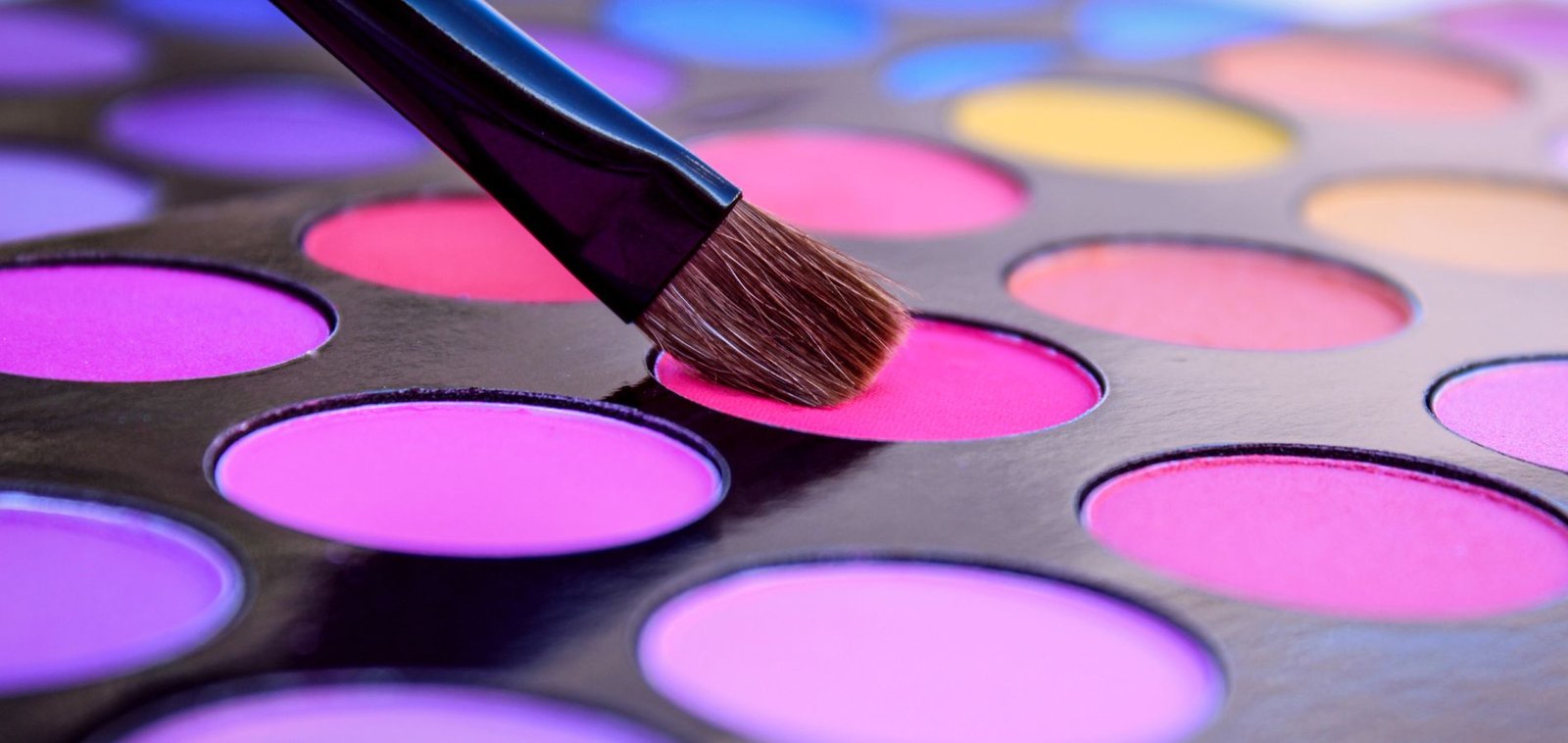As global markets demand more responsible and technologically advanced solutions, the cosmetic dyes industry finds itself at the crossroads of innovation and sustainability. This transformation is reshaping how brands formulate, produce, and market their dye-based products.
The Imperative for Sustainable Innovation
The traditional model of cosmetic dye production—heavily reliant on petrochemicals, synthetic stabilizers, and energy-intensive processes—is increasingly incompatible with modern environmental standards and consumer expectations.
Today’s consumers, regulators, and investors prioritize sustainability as a non-negotiable. According to recent industry insights, over 60% of beauty consumers now seek products that are environmentally safe and socially responsible. As a result, the demand for plant-based, biodegradable, and ethically sourced dyes has surged.
This shift is pushing brands to explore green chemistry and closed-loop manufacturing, where waste is minimized, and raw materials are renewable or upcycled. Furthermore, certifications like COSMOS, USDA Organic, and Cradle-to-Cradle are becoming key purchase drivers.
Biotech and Bioengineering: The Next Frontier
Biotechnology is unlocking unprecedented possibilities in cosmetic dye development. Through fermentation and microbial synthesis, companies can now create vibrant pigments that mimic or outperform their synthetic counterparts—without the toxic baggage.
For instance, companies are leveraging Streptomyces bacteria or algae strains to produce natural blue, red, and even black pigments that are stable across temperature and light conditions. These biotech dyes also enable batch-to-batch consistency, addressing a long-standing challenge in natural dye usage.
This innovation doesn’t just reduce environmental impact—it also enhances product differentiation and regulatory compliance, particularly in tightly controlled regions like the EU and Japan.
Digital Transformation Across the Value Chain
The integration of digital tools is amplifying innovation in cosmetic dyes. AI and predictive analytics are helping R&D teams develop optimal formulations faster by simulating chemical interactions and modeling customer reactions.
On the supply chain side, blockchain is emerging as a tool for enhancing transparency and traceability, especially when marketing organic or fair-trade dyes. Brands can now verify origin, sustainability practices, and production integrity—an asset in building consumer trust.
The Cosmetic Dyes Market: Size, Trends, and Opportunities
The cosmetic dyes market was valued at approximately $3.2 billion in 2023 and is projected to grow at a CAGR of over 5.5% through 2030, driven by rising personal grooming expenditures, expanding e-commerce penetration, and innovation in clean beauty.
- Hair dye segment holds the largest share, boosted by fashion trends and a rising aging population seeking gray coverage.
- Facial and eye makeup dyes are seeing renewed growth, especially post-pandemic, as consumers return to social activities.
- Asia-Pacific continues to lead demand, followed closely by North America, driven by product innovation and sustainability adoption.
Strategic Priorities for Industry Leaders
To lead in this transforming landscape, companies should focus on:
- Sustainability investment in bio-derived ingredients and eco-friendly packaging.
- Cross-sector innovation involving biotech startups and academic partnerships.
- Brand transparency, leveraging data and storytelling to communicate product integrity.
As regulatory, consumer, and environmental pressures converge, innovation and sustainability will be the defining forces of long-term success in the cosmetic dyes industry. Stakeholders who act decisively today will capture value and shape the future of beauty.

